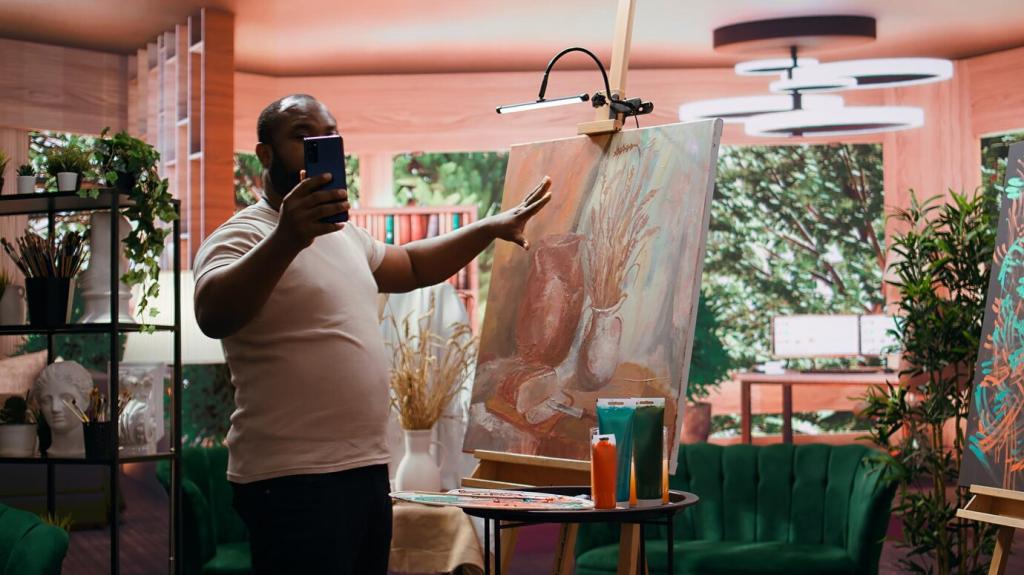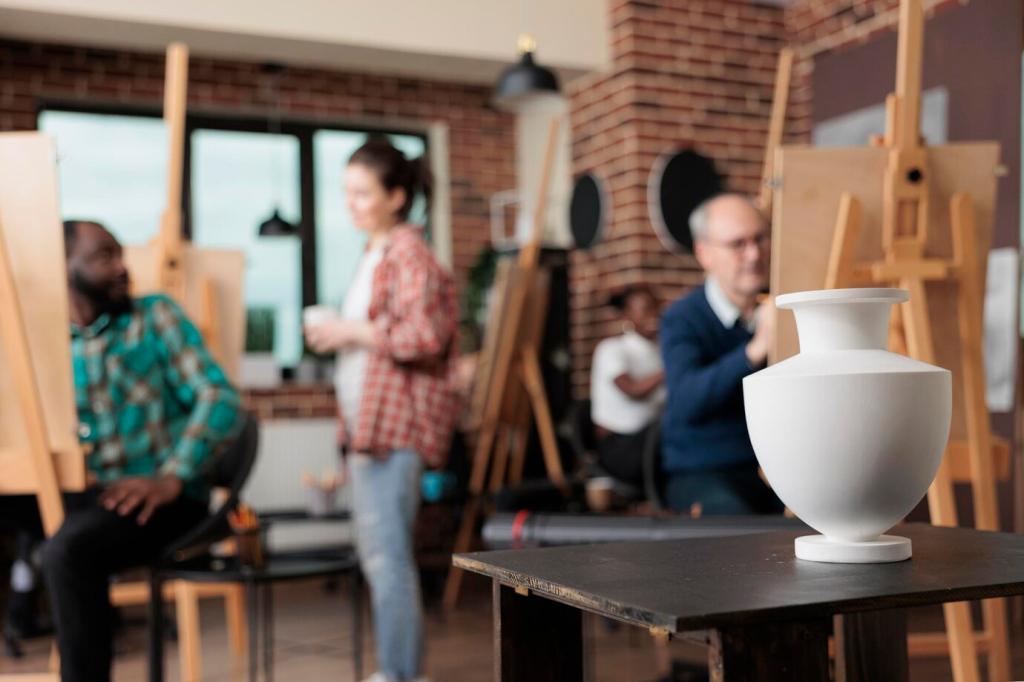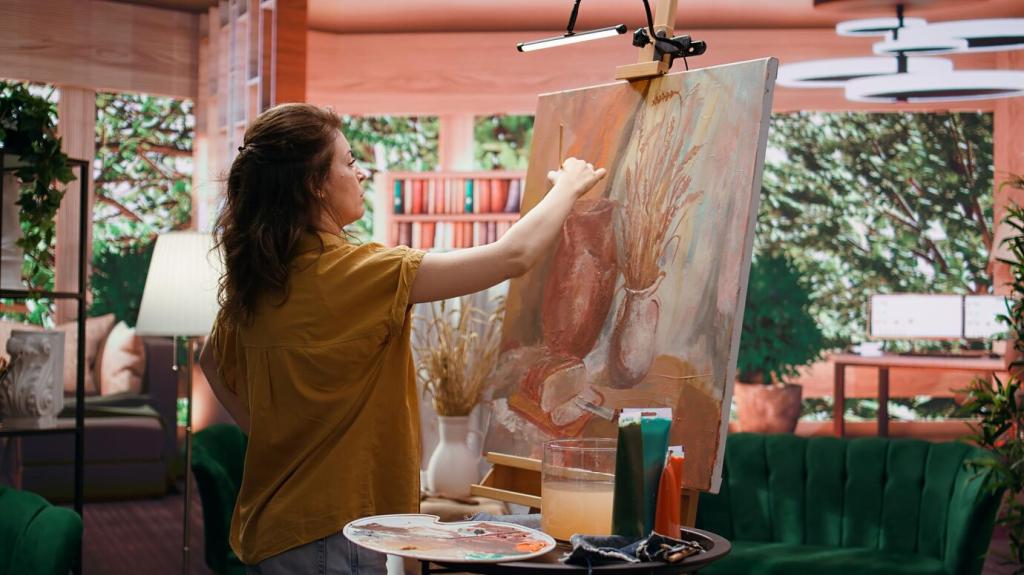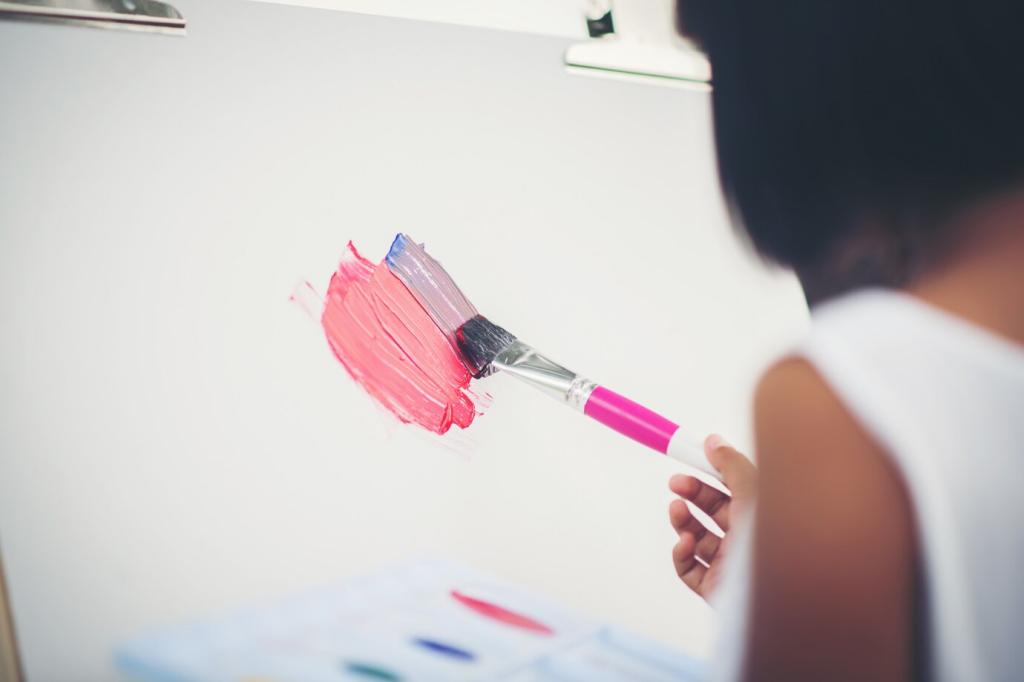
Post-Modern Painting Styles Around the World
Chosen theme: Post-Modern Painting Styles Around the World. Step into a lively atlas of color, irony, and layered histories, where painters from every continent remix traditions, borrow boldly, and tell stories that invite you to look twice and then look again.
A Global Overview of Post-Modern Painting
Pluralism Over Manifestos
Rather than following one manifesto, post-modern painting embraces many paths at once, from fierce figuration to cool conceptual gestures. Jean-François Lyotard’s critique of grand narratives echoes here, as painters trust small, local truths over universal proclamations. Share the first post-modern canvas that challenged your expectations.
Pastiche, Quotation, and Remix
Artists quote art history with affection and mischief, placing Renaissance poses beside comic book shadows or advertising gloss. This pastiche turns museums into toolkits, encouraging painters in Lagos, Tokyo, or Naples to remix visual languages. Tell us which unexpected combo made you smile—or wince—in a gallery.
From the 1970s to Now: A Moving Target
Emerging in the 1970s and flowering in the 1980s, post-modern painting keeps evolving with political shifts and digital tools. Each decade adds fresh references and regional inflections, proving the style is not a fixed era but a flexible lens. Comment with your go-to decade for post-modern discoveries and why.
Neo-Expressionism and the Transavanguardia

German painters pushed monumental figures through scorched palettes and scrapyard textures, confronting history with naked, uneasy intensity. Think charred landscapes, rough brushwork, and symbolism that refuses easy closure. Which German canvas made you feel both unsettled and strangely seen? Share that moment with our readers.

From Street Walls to Gallery Walls
A generation vaulted from subway lines to auction lines, carrying fast-drawn symbols, crown motifs, and radiant babies into the white cube. That leap preserved the urgency of the street while reframing it as art-history dialogue. Have a memory of a city wall that felt like a museum? Tell us where and why.
From Street Walls to Gallery Walls
From Mexican mural legacies to Brazilian pixação’s vertical alphabets, urban painting in Latin America turns cities into breathing sketchbooks. Gallery canvases borrow this cadence, amplifying community codes. Share a photo or story of a mural that changed how you read a neighborhood, and tag the city.
Appropriation and the Pictures Spirit in Paint
Some painters restage Baroque compositions with contemporary sitters, swapping armor for sneakers and courtly silk for patterned streetwear. The result honors technique while questioning who gets to be pictured nobly. Which repainting of an old master captivated you? Drop a link and tell us what changed for you.
Appropriation and the Pictures Spirit in Paint
Pop-slick surfaces meet Edo-era echoes as Japanese painters flatten space into candy-bright allegories. Beneath the gloss, consumer culture, folklore, and post-war memory converge. Do you prefer the shimmer or the subtext when you stand before these works? Share your viewing strategy and why it matters.


Hybridity and Identity on the Canvas
01
Collaged photo transfers, printed textiles, and delicate paint weave domestic rooms into cultural constellations, where a living room becomes a global index. These works feel intimate yet expansive, like passports made of pattern. Which detail—wallpaper, portrait pose, or magazine clipping—held you longest? Share your read.
02
Highly stylized portraits with luscious paint handling turn everyday elegance into iconic presence. Texture becomes attitude, and fashion becomes biography. When you view such canvases, do you read the paint first or the person first? Tell us how your eye moves and why it matters.
03
Painters from Mumbai to Dhaka braid politics, film posters, and devotional motifs, stacking languages and histories into crowded yet lyrical scenes. The canvas becomes a city street, noisy with signs. What fragment—script, slogan, or smudge—felt like a secret addressed to you? Let’s decode together.
Collage, Xerox, and Painterly Glue
Magazine clippings, stenciled letters, and solvent transfers mingle with oil and acrylic, letting images migrate like rumors across surfaces. The result is restless, layered, and oddly intimate. Have you tried collage in your own practice or classroom? Share techniques that surprised you and why they worked.
Digital-to-Analogue Workflows
Many painters sketch compositions on tablets, test palettes on screens, then translate pixels into pigment, sometimes printing underlayers before hand-painting. This loop blurs media hierarchies. If you prototype digitally, what makes you finally commit to canvas? Describe your tipping point to inspire fellow readers.
